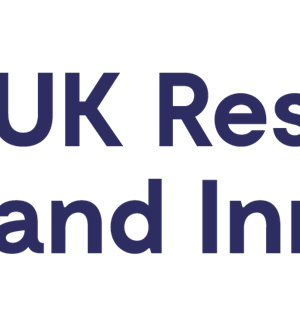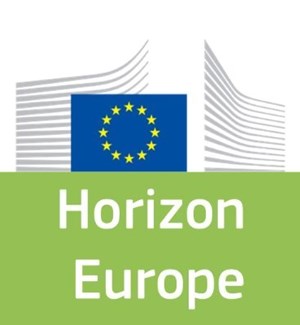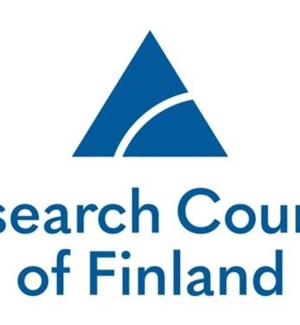- Agencia Estatal Consejo Superior De Investigaciones Cientificas - Spain,
- CHQ Technologies IKE - Greece,
- Blossom Microbial Technologies - Netherlands,
- Università degli Studi di Milano - Italy,
- ABITEC, s.r.o. - Czechia,
- Gottfried Wilhelm Leibniz Universität Hannover - Germany,
- University of Chemistry and Technology (UCT) Prague - Czechia,
- Centrum environmentálnych služieb, s.r.o. - Slovakia,
- Eni Rewind SpA - Italy,
- Universidade de Aveiro - Portugal,
- Metfilter Sociedad Limitada - Spain,
- Universitat de Girona - Spain,
- Forschungsverbund Berlin e.V. - Germany,
- Perseus - Belgium,
- Asociatia pentru Dezvoltare si Mediu Ademed - Romania,
- Instytut Innowacji i Odpowiedzialnego Rozwoju - Poland
The objective of Nymphe is to develop bioremediation/revitalization strategies based on the assembly of systems of available and new biologics (enzymes, microorganisms, bivalves and earthworms, plants and their holobiont) developed and applied on matrices from different EU contaminated sites: groundwater, sediments (hyporheic zone), wastewater as well as industrial, and agricultural soils. The assembly of systems is guided using predictive microbial interaction models in the microbiome of the actual site matrix to be decontaminated. The best systems of biologics are reintroduced at the contaminated sites (4 plus 1 site for confined tests using genomically edited biologics). Nymphe target at least 90% removal of the pollutants occurring at the sites, e.g. plastics and pesticides in the agricultural soil, and chlorinated solvents/total petroleum hydrocarbon in groundwater and sediments of the industrial site. Besides, biologics and systems benefit from the development of platform technologies to: assemble stable consortia (adhesin+complementary auxotrophies), accelerate the evolution of the microorganisms, increase mobility of degradative plasmids, genomically edit bacteria to produce evolved enzymes, produce enzyme systems with recycling of cofactors, control the spatial distribution of biodegraders (3D-printing), protect them in harsh environments, facilitate redox processes by electromicrobiology, design self-sustaining redox biocatalysts. The bioremediation/revitalization strategies undergo a full assessment: ecological and environmental risk analyses (chemical, ecotoxicological and supportive analyses e.g. function and biodiversity of the microbiomes), technology risk analysis, life cycle assessment, life cycle cost, cost-efficiency analysis, biosafety & regulatory constraints analysis, and societal analysis to be finally benchmarked with current solutions. The ecological status of the bioremediated sites shall be closer to Natura 2000 specifications.
Want to analyze based on this project via our analysis tool? Analyze this project
Knowledge Gaps
Degradation
Environmental effects and ecotoxicity
Bioavailability exposure test methods
Human and environmental exposure test methods
Bioaccumulation, bioconcentration and persistence
Publications



